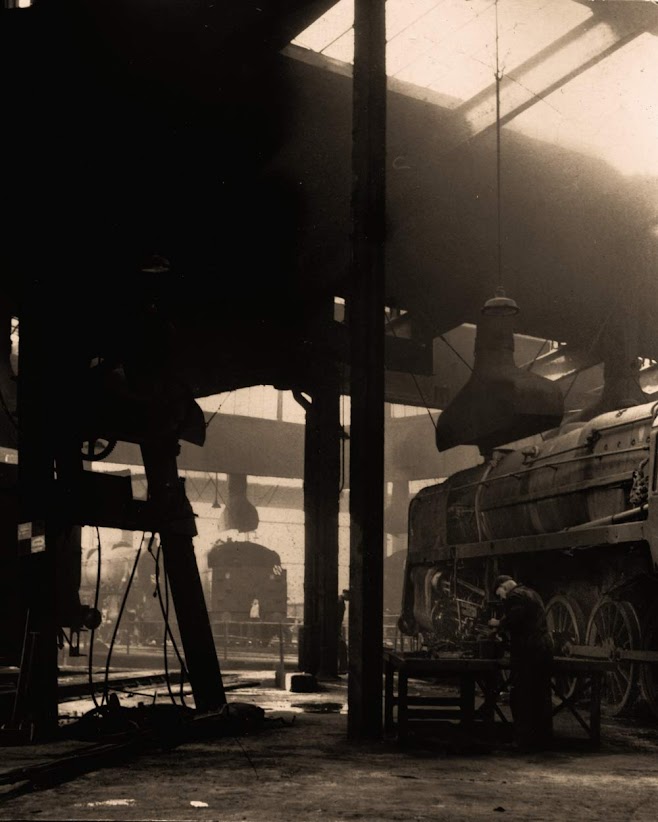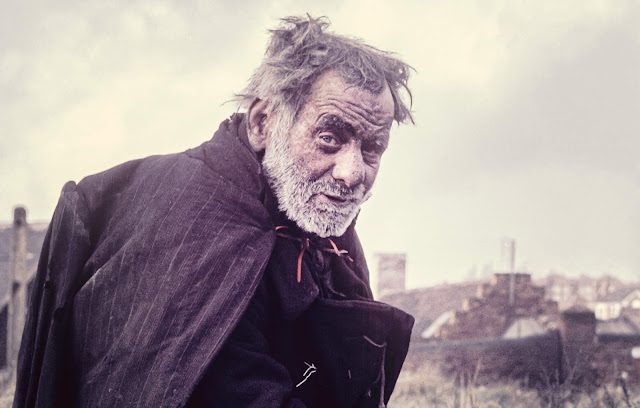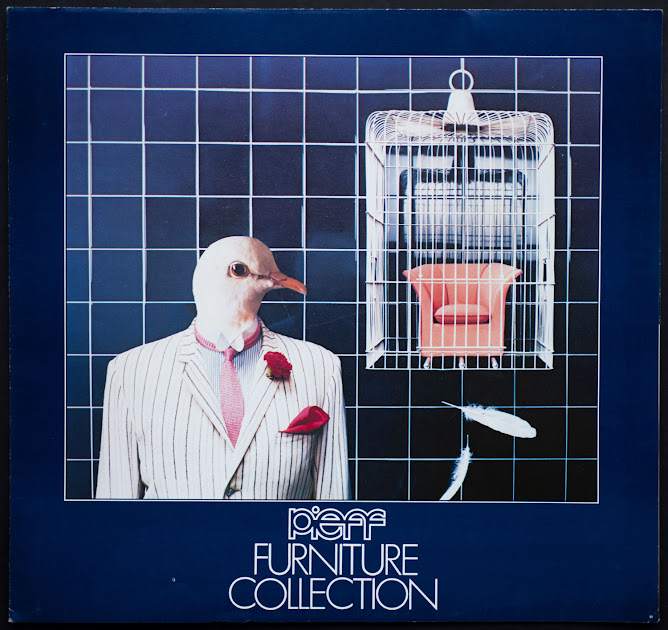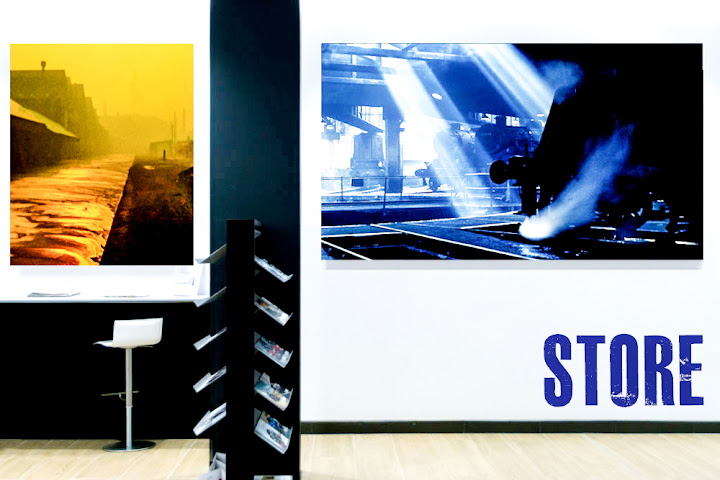Bernard Oakley Memorial Garden and Pleasure Grounds Colman Hill Cradley
 |
| Bernard Oakley Memorial Garden Today |
Bernard Oakley Memorial Garden and Pleasure Grounds Colman Hill Cradley Opening Ceremony Brochure from 1953 Halesowen Borough Council Sandwell Dudley West Midlands
The Parks opening ceremony brochure from 1953 found in the Peter Donnelly Archives. |
Bernard Oakley was a local lad who was killed in the second world war..... the park was gifted to the neighbourhood by his father and mother in dedication to the memory of their lost Son.
THE MAIN ENTRANCE GATES, COLMAN HILL, CRADLEY The Garden and Grounds which comprise three acres one rood nine perches are situate between Colman Hill and Highfield Crescent Cradley in the Borough of Halesowen.
The land is sloping towards Colman Hill and has a southerly aspect. New iron ornamental gates with York stone pillars have been erected at the main entrance in Colman Hill, the double gate bearing the inscription " The Bernard Oakley Memorial Gardens." On the stone pillar on the left hand side of the double gate is a bronze plate with the following inscription on it:
: " These Gardens and Pleasure Grounds were laid out and presented on June 27th, 1953 to the Borough of Halesowen by Mr. and Mrs. James Oakley in memory of their son, Bernard J. Oakley, who died on active service in Holland October 16th, 1944." On the pillar on the right hand side another bronze plate contains the words. " Greater love hath no man than this, that a man lay down his life for his friends."—John 15-13.
 |
Todays Dutch Garden Colman Hill From these, a shrubbed drive leads to a car park, Dutch garden, and conveniences, then, turning to the left, to an open air stage facing up the slope to the northern part of the grounds where on the summit a shelter has been erected facing south towards the Clent and Walton Hills.  Immediately in front of the shelter a walled terrace laid out with a lily pond and rose gardens has been constructed. The land on the opposite or east side has been reserved for a children's playground which already contains swings. Access can also be obtained from Highfield Crescent by means of a drive and gate on the north side of the Grounds. "As If It Were Yesterday"now Available on AmazonFollow This Link🙌Or This One for the Kindle Edition E Book
|















Comments
Post a Comment